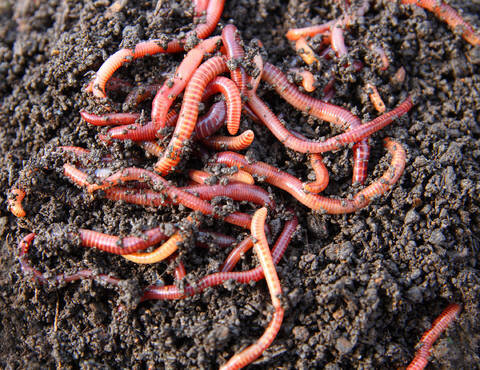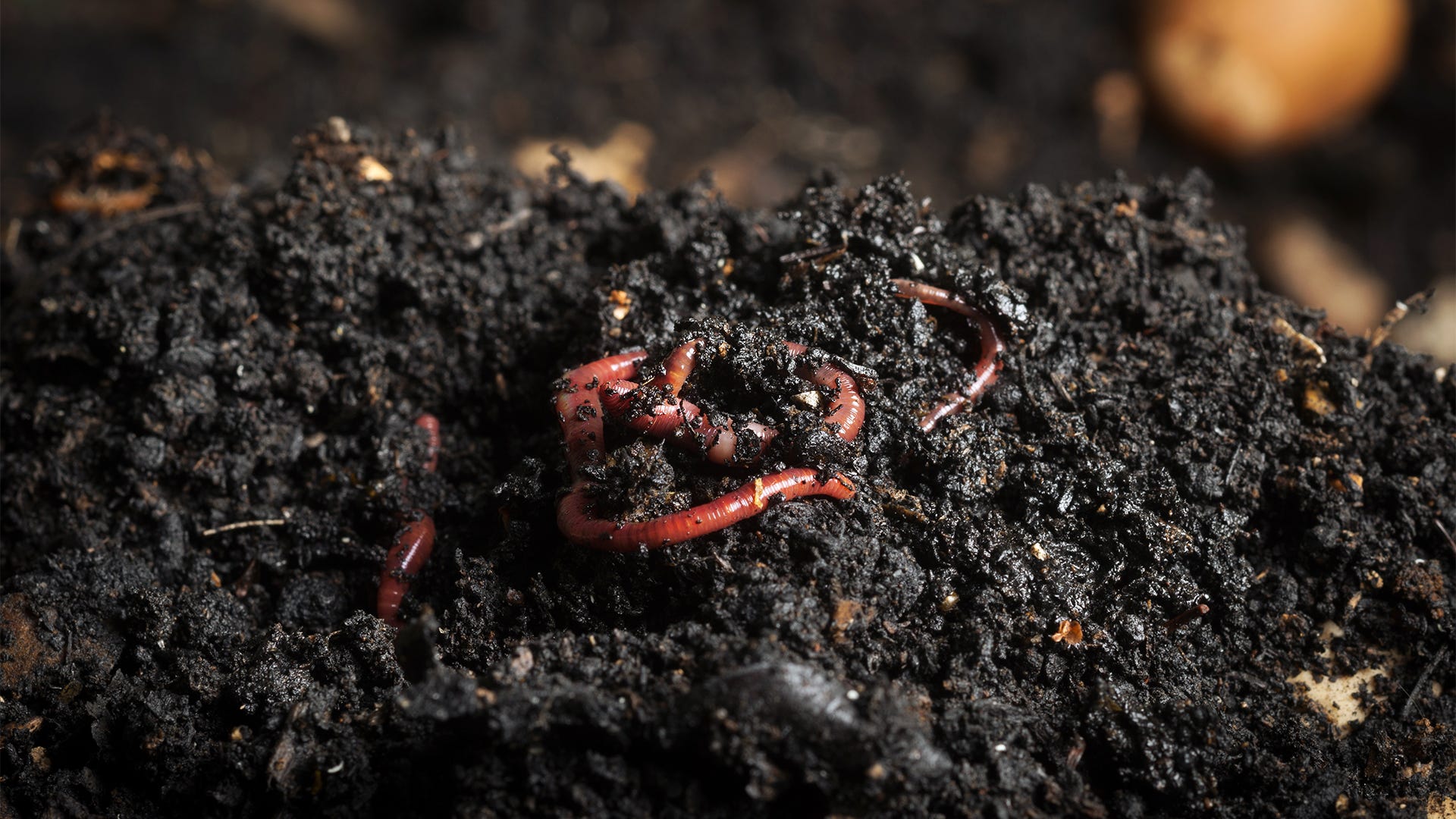Affordable red wigglers: Start vermiculture today
Get one of the most Out of Your Garden Compost With Red Wigglers
The combination of red wigglers into your composting system can substantially enhance the performance and effectiveness of waste monitoring practices. These worms are not only experienced at damaging down natural materials but also add to the production of top notch garden compost that enhances soil health and wellness. Comprehending their ideal treatment needs and the benefits of vermicomposting is essential for making best use of outcomes (red wigglers). However, the process of setting up and preserving a worm container might present difficulties that necessitate careful consideration. Exploring the details of this approach can expose options to typical composting issues faced by lots of garden enthusiasts.
Understanding Red Wigglers
Understanding red wigglers is essential for any person curious about vermicomposting, as these worms play a critical role in damaging down raw material. Clinically understood as Eisenia fetida, red wigglers are differentiated by their reddish-brown color and slender bodies, usually determining between 3 to 4 inches in size. Unlike earthworms, which thrive in soil, red wigglers like a moist, organic-rich setting, making them ideal for composting systems.
These worms are renowned for their voracious cravings, eating half their body weight in natural product daily. This capability enables them to rapidly decompose cooking area scraps, backyard waste, and various other eco-friendly products, changing them right into nutrient-rich compost. Red wigglers grow in temperature levels varying from 55 ° F to 77 ° F, demanding cautious monitoring of their environment to make certain optimum activity.
Additionally, red wigglers duplicate quickly, increasing their populace roughly every 3 to 4 weeks under perfect conditions. This quick reproduction is essential for maintaining a reliable composting operation. red wigglers. Understanding their biology and actions is essential for anybody seeking to harness their potential in lasting waste administration techniques
Benefits of Vermicomposting
Vermicomposting deals many advantages that expand beyond straightforward waste decrease. This innovative approach leverages the all-natural decomposition capabilities of red wigglers to change organic waste into nutrient-rich compost, improving soil health and wellness and fertility. The resulting vermicompost is brimming with valuable bacteria, which can improve soil framework and increase nutrition accessibility for plants.

Additionally, vermicomposting can be exercised in numerous settings, making it accessible for city occupants and those with restricted outdoor space. It calls for very little investment and can be easily taken care of inside your home or outdoors, making it suitable for numerous lifestyles.
The usage of vermicompost additionally advertises much healthier plant growth by enhancing microbial task, improving water retention, and giving necessary nutrients. Gardeners and farmers that incorporate vermicompost right into their methods often observe boosted crop returns, making vermicomposting a lasting selection for both waste administration and farming productivity.
Establishing Up Your Worm Bin
Producing an efficient worm container is essential for effective vermicomposting, and with just a couple of key elements, anyone can establish a reliable system. Begin with an appropriate container; a plastic or wood bin with a cover works well. Preferably, the container ought to be between 10 to 18 inches deep to supply sufficient area for the worms to grow.
Guarantee correct ventilation by drilling small holes in the sides and cover, permitting air flow while keeping dampness. Keep a balance between wetness and water drainage; the bin ought to perspire but not waterlogged. A layer of bed linen, such as shredded paper or cardboard, gives a habitat for the worms and aids in moisture retention.
Think about the area of your worm bin (red wigglers). By complying with these guidelines, you will certainly develop a helpful atmosphere for red wigglers, laying the groundwork for a successful vermicomposting endeavor.
Feeding Your Red Wigglers

Prevent feeding them meat, milk, and oily foods, as these can attract bugs and create unpleasant odors. In addition, it is vital to slice or shred bigger products to facilitate quicker decay, guaranteeing your worms can access the nutrients extra efficiently.
Small amounts is essential; overfeeding can bring about anaerobic conditions, hurting the worms and decreasing the composting process. Display the bin for leftover food and adjust your feeding routine accordingly. A basic rule is to supply about half an extra pound of food per pound of worms each week.
Lastly, preserving dampness is essential. Goal for a damp, but not soggy, atmosphere, as wetness help in the break down of food and sustains worm activity. By thoroughly handling their diet, you can improve the performance of your red wigglers in transforming organic waste right into rich garden compost.
(red wiggler compost bin)
Harvesting and Utilizing Garden Compost
After several weeks of attentive composting, you will notice that the abundant, dark material created by your red wigglers is ready for harvest. This nutrient-dense worm spreadings, usually described as vermicompost, can considerably enhance dirt health and wellness and plant growth. To harvest, delicately separate the completed compost index from the continuing to be bed linen and worms. One reliable method is to utilize a light source; red wigglers are sensitive to light and will certainly burrow much deeper right into the material, permitting you to scoop out the leading layer of garden compost.
When collected, the compost can be made use of in different applications. Mix it right into yard soil to boost structure and fertility, or use it as a top clothing for potted plants. It can likewise be diluted in water to develop a nutrient-rich liquid fertilizer, often called "worm tea." This tea can be applied straight to plants, offering them with an increase of important nutrients.
Bear in mind to keep any extra garden compost in an awesome, completely dry area to maintain its high quality. By properly harvesting and using the garden compost produced by red wigglers, you not only enhance your yard however also promote lasting gardening practices.
Conclusion
Integrating red wigglers right into composting practices considerably boosts the efficiency of organic waste transformation. Eventually, the combination of red wigglers in composting contributes to lasting gardening, decreases garbage dump waste, and promotes environmental stewardship through reliable source recycling.